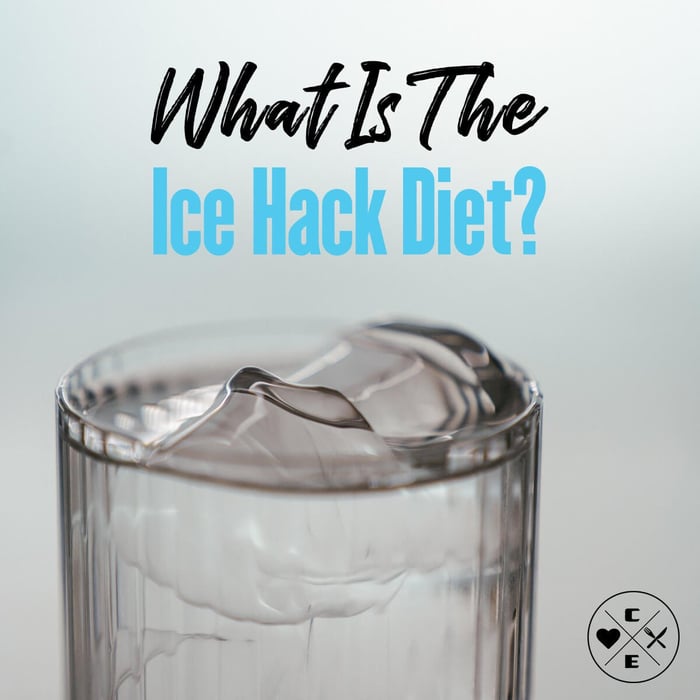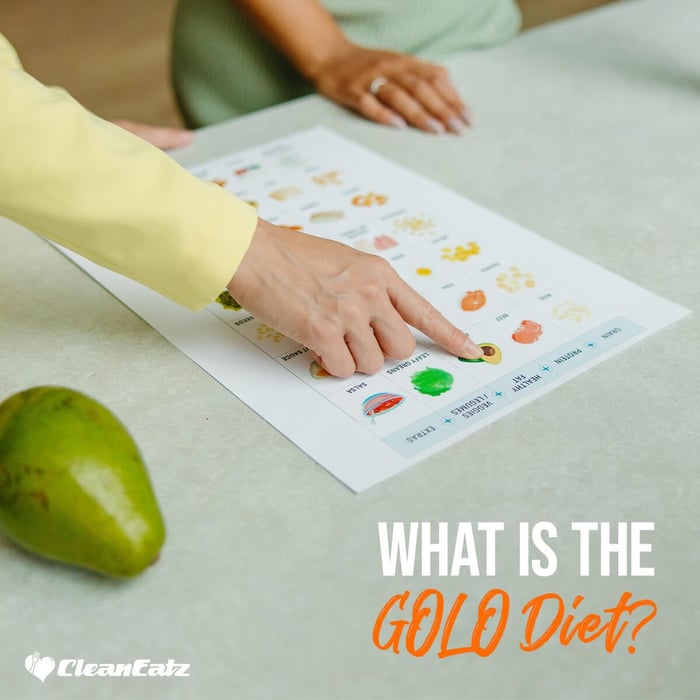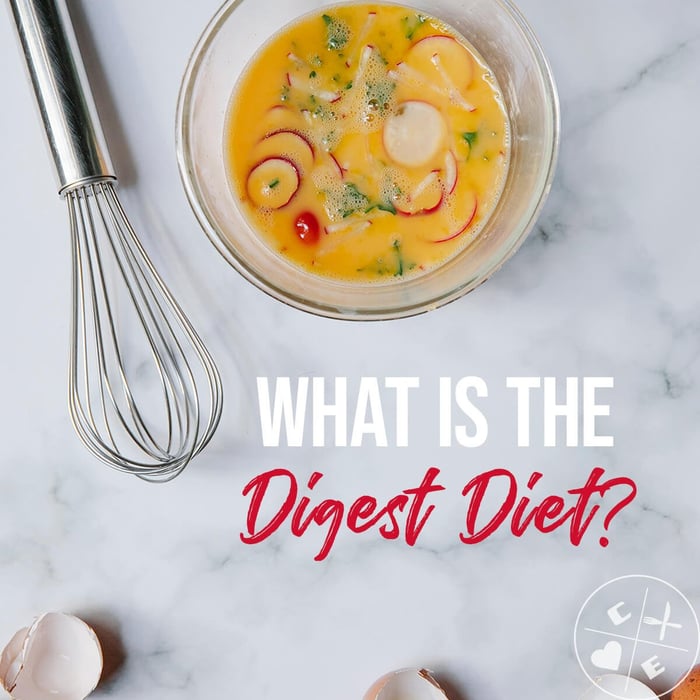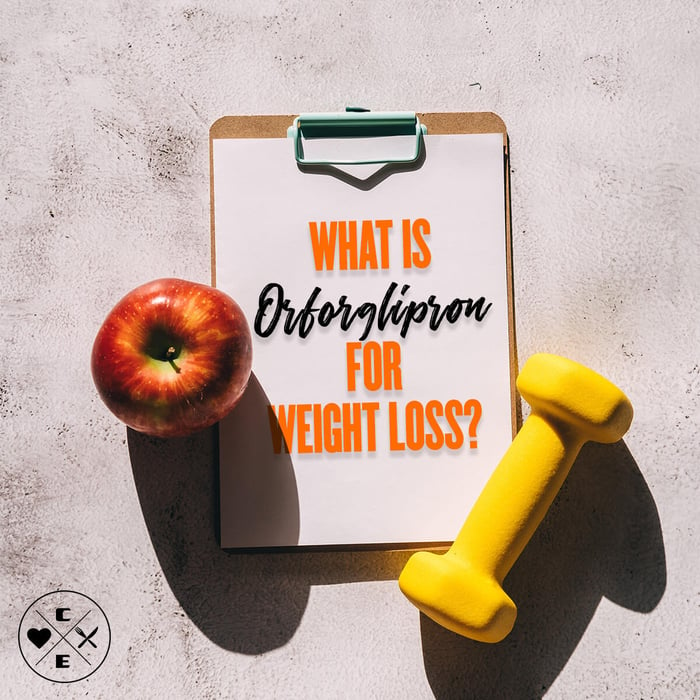Table of Contents
- What Is the Ice Hack Diet?
- What the Ice Hack Diet Claims
- The Actual Science: Cold Thermogenesis
- The Math: How Many Calories Does It Really Burn?
- The Alpilean Connection: Follow the Money
- Myths vs. Reality
- Potential Dangers and Risks
- What Actually Works for Weight Loss
- Better Strategies Than Ice Hacks
- The Bottom Line
- Frequently Asked Questions
I'm going to be blunt with you from the start: the Ice Hack Diet is not a legitimate weight loss strategy. It's a marketing term created to sell supplements and capitalize on people's desire for easy weight loss solutions.
But I know you're here because you saw an ad, a TikTok, or a viral post claiming someone lost 30 pounds by drinking ice water and taking cold showers. You're wondering if there's any truth to it. And I get it—if there was a simple "hack" to weight loss, we'd all want to know about it.
So let me explain what the Ice Hack Diet actually is, what tiny kernel of truth it's based on, why it doesn't work as advertised, and what you should do instead. This is going to save you time, money, and frustration.
What Is the Ice Hack Diet?
The Ice Hack Diet is a viral weight loss trend that claims you can lose significant amounts of weight by exposing your body to cold temperatures. The basic premise includes:
- Drinking 6-8 glasses of ice water daily to force your body to burn calories warming it up
- Taking cold showers or ice baths to activate "brown fat" and boost metabolism
- Applying ice packs to your body (often the neck, stomach, or thighs) for 30-45 minutes at a time
- Taking supplements (specifically Alpilean) that supposedly mimic the effects of cold exposure
The diet is heavily promoted through social media ads, dubious "health" websites, and before-and-after transformation stories that are suspiciously hard to verify. It's often presented as a "weird trick doctors don't want you to know" or "the alpine ice hack that melts fat overnight."
Sound too good to be true? That's because it is.
What the Ice Hack Diet Claims
According to the marketing, the Ice Hack Diet works by:
- Activating brown adipose tissue (BAT): Brown fat supposedly burns white fat when exposed to cold, dramatically increasing metabolism.
- Creating thermogenesis: Your body burns massive amounts of calories heating itself back to normal temperature after cold exposure.
- Boosting metabolism by 300%: Some ads claim cold exposure can triple your metabolic rate.
- Targeting stubborn fat: Ice packs applied to problem areas supposedly "melt" fat in those specific spots.
- Working without diet or exercise: The most appealing claim—you don't need to change what you eat or how you move.
These claims sound scientific enough to be believable, which is exactly the problem. They take real scientific concepts (brown fat does exist, thermogenesis is real) and wildly exaggerate their effects.
The Actual Science: Cold Thermogenesis
Okay, so let's talk about what's actually true. Cold thermogenesis is a real phenomenon. When your body is exposed to cold, it does burn extra calories to maintain your core temperature. This happens in two ways:
1. Shivering Thermogenesis
When you're cold, your muscles contract rapidly (shivering) to generate heat. This does burn calories—about 100-400 calories per hour if you're legitimately shivering continuously. But here's the catch: you'd have to be uncomfortably cold for extended periods, and nobody can sustain that.
2. Non-Shivering Thermogenesis (Brown Fat)
Brown adipose tissue (BAT) is a type of fat that can burn energy to produce heat. It's more active in babies and decreases as we age. Cold exposure can activate brown fat, but:
- Most adults have very little brown fat (typically less than 100 grams)
- The calorie burn from brown fat activation is minimal—maybe 15-20 extra calories per hour at most
- You need prolonged, consistent cold exposure for any effect
- Individual variation is huge—some people have almost no brown fat
Here's what the research actually shows: regular cold exposure (like cold water swimming for 20 minutes, 3 times per week) might increase your daily calorie burn by about 100-200 calories. That's helpful but not dramatic, and it requires consistent, uncomfortable exposure over months.
The Math: How Many Calories Does It Really Burn?
Let's do some real math on what the Ice Hack Diet actually accomplishes:
Drinking Ice Water
When you drink 8 ounces of ice-cold water (32°F), your body needs to warm it to body temperature (98.6°F). The energy required is:
- 8 oz of water = 237 mL = 237 grams
- Temperature change needed = 66.6°F (37°C)
- Calories burned = ~8-10 calories per glass
If you drink 8 glasses of ice water per day (as recommended), you burn about 60-80 extra calories total. That's equivalent to:
| Activity/Food | Calories |
|---|---|
| 8 glasses of ice water (daily extra burn) | ~70 calories |
| Half a banana | ~53 calories |
| Walking for 15 minutes | ~60 calories |
| One Oreo cookie | ~53 calories |
So yes, drinking ice water burns a few extra calories. But 70 calories per day is not going to create meaningful weight loss. To lose one pound of fat, you need a deficit of 3,500 calories. At 70 calories per day, it would take 50 days to lose a single pound—and that's assuming everything else stays exactly the same.
Ice Packs and Cold Showers
The calorie burn from ice packs or brief cold showers is even less impressive—maybe 20-30 calories per session if you're really uncomfortable. And there's zero evidence that applying ice to specific body parts "melts" fat in those areas. Spot reduction doesn't work, period.
The Alpilean Connection: Follow the Money
Here's where it gets really sketchy. The Ice Hack Diet is primarily a marketing vehicle for a supplement called Alpilean. The ads usually go something like this:
- Hook you with the "ice hack" concept
- Explain the "science" of cold thermogenesis
- Mention that cold exposure is uncomfortable and hard to maintain
- Introduce Alpilean as a pill that gives you the benefits without the cold
Alpilean contains a blend of ingredients like African mango extract, ginger, turmeric, and citrus bioflavonoids. The claim is that these ingredients "lower your core body temperature internally" to activate brown fat and boost metabolism.
The problems:
- There's no credible scientific evidence that Alpilean or its ingredients actually lower core body temperature
- Even if it did, the effect would be too small to matter for weight loss
- Dietary supplements aren't regulated by the FDA—companies can make almost any claim without proof
- The before-and-after photos in ads are often stock images or faked
- Customer reviews on third-party sites are frequently negative, reporting no results
This is classic supplement marketing: take a real scientific concept (thermogenesis), exaggerate its effects dramatically, and sell a pill that supposedly delivers those benefits. It's the same playbook that's been used for garcinia cambogia, raspberry ketones, and hundreds of other supplements that ultimately don't work.
Myths vs. Reality
Let's break down the common claims versus what's actually true:
❌ MYTH
"You can lose 30+ pounds with the ice hack alone"
This is impossible. The calorie burn is far too small to create this kind of loss without dietary changes.
✅ REALITY
Meaningful weight loss requires a consistent calorie deficit of 300-500 calories per day, achieved through nutrition and activity.
❌ MYTH
"Ice packs can spot-reduce fat on your stomach or thighs"
Spot reduction doesn't exist. You cannot target fat loss to specific areas with any method.
✅ REALITY
Fat loss happens systemically based on genetics. You lose it where your body decides, not where you apply ice.
❌ MYTH
"Cold exposure boosts your metabolism by 300%"
This is wildly exaggerated. Even intense shivering only increases metabolic rate by about 80-100% temporarily.
✅ REALITY
Realistic cold exposure (ice water, short cold showers) might increase daily calorie burn by 5-10% at most—about 100 calories.
❌ MYTH
"Alpilean mimics cold exposure without discomfort"
There's no credible evidence this supplement does anything to your core temperature or metabolism.
✅ REALITY
No pill can replicate the physiological effects of actual cold exposure, and even real cold exposure has minimal impact.
Potential Dangers and Risks
⚠️ Safety Concerns
The Ice Hack Diet isn't just ineffective—it can also be dangerous if taken to extremes.
Physical Risks
- Frostbite or tissue damage: Prolonged ice pack application can damage skin and underlying tissue. Never apply ice directly to skin for more than 15-20 minutes.
- Nerve damage: Extended cold exposure can cause temporary or permanent nerve damage in the affected area.
- Cardiovascular stress: Cold exposure increases heart rate and blood pressure. People with heart conditions should be especially careful.
- Hypothermia: Extreme cold exposure (ice baths, prolonged cold showers) can lower your core temperature to dangerous levels.
- Digestive issues: Drinking excessive ice-cold water can cause stomach cramps, bloating, or digestive discomfort in some people.
The Bigger Danger: Wasted Time and Money
The real harm isn't physical—it's the opportunity cost. While you're focused on ice hacks and buying supplements, you're not doing the things that actually work:
- Learning about proper nutrition and calorie balance
- Building sustainable eating habits
- Establishing a consistent exercise routine
- Developing a healthy relationship with food
People spend months (and hundreds of dollars) chasing gimmicks, then get discouraged when they don't work. This cycle prevents them from making real progress.
What Actually Works for Weight Loss
I know this isn't as exciting as a "weird trick," but here's what actually creates sustainable weight loss:
1. A Consistent Calorie Deficit
Weight loss requires burning more calories than you consume. Period. There's no way around it. A deficit of 300-500 calories per day leads to about 1-2 pounds of loss per week, which is sustainable.
Check out our guide on what foods are good for weight loss to understand how to build meals that support a calorie deficit without feeling deprived.
2. High-Protein Meals
Protein keeps you full longer, preserves muscle mass during weight loss, and has a higher thermic effect (requires more calories to digest) than carbs or fat. Aim for 0.7-1g of protein per pound of body weight.
Our high-protein meal plans make it easy to hit your protein targets without constant meal prep.
3. Volume Through Vegetables
You can eat large volumes of non-starchy vegetables for very few calories. This helps with satiety and provides micronutrients. Fill half your plate with vegetables at each meal.
4. Strength Training
Building or maintaining muscle is crucial during weight loss. Muscle is metabolically active tissue—it burns calories even at rest. Strength train 2-4 times per week with progressive overload.
5. Consistent Movement
Daily activity matters more than you think. Walking 8,000-10,000 steps per day can add 200-400 calories of burn without feeling like "exercise." This is way more effective than drinking ice water.
6. Sleep and Stress Management
Poor sleep and chronic stress mess with hunger hormones (ghrelin and leptin), making it harder to stick to your plan. Prioritize 7-9 hours of sleep and find healthy stress outlets.
Better Strategies Than Ice Hacks
If you're looking for strategies that actually move the needle, try these instead:
Strategies That Burn More Than Ice Water (and Are Actually Pleasant)
| Strategy | Extra Calories Burned | Effort Level |
|---|---|---|
| Drinking 8 glasses of ice water daily | ~70 calories | Low (but uncomfortable) |
| Walking 20 minutes after dinner | ~100-120 calories | Low |
| Adding 3,000 extra steps to your day | ~100-150 calories | Low |
| 30-minute strength training session | ~150-200 calories | Moderate |
| Swapping sugary drinks for water/tea | ~150-300 calories saved | Low |
| Eating protein at every meal | ~50-100 extra burn (thermic effect) | Low |
Build a Daily Routine for Weight Loss
Instead of focusing on gimmicks, build a daily routine that includes:
- Morning: High-protein breakfast, 10-minute walk, hydration
- Midday: Balanced lunch with protein and vegetables, afternoon movement break
- Evening: Lighter dinner, post-meal walk, plan tomorrow's meals
- Throughout: Track calories loosely, hit step goal, strength train 3x per week
This kind of routine creates a sustainable deficit of 300-500 calories per day, which is 20-35 times more effective than the ice hack.
Simplify with Meal Prep Services
One of the biggest challenges with weight loss is consistency. When you're tired or busy, it's easy to make poor food choices. Having portion-controlled, macro-balanced meals ready to heat makes it exponentially easier to stick to your plan.
The Bottom Line
The Ice Hack Diet is not a legitimate weight loss strategy. It's a marketing term used primarily to sell supplements by taking real science (thermogenesis) and exaggerating it beyond recognition.
Here's what you need to know:
- Cold exposure does burn a few extra calories—but we're talking 50-100 per day at most, which is insignificant for weight loss.
- There's no such thing as "freezing your way" to fat loss—meaningful weight loss still requires a calorie deficit through nutrition and activity.
- Ice packs cannot spot-reduce fat—your body loses fat systematically, not in specific areas you target.
- Supplements like Alpilean are not backed by credible research—don't waste your money.
- The real danger is wasted time—chasing hacks prevents you from building sustainable habits that actually work.
Instead of looking for shortcuts, focus on the fundamentals:
- Create a moderate calorie deficit (300-500 calories/day)
- Eat high-protein, nutrient-dense foods
- Stay consistently active (steps + strength training)
- Be patient—sustainable loss is 1-2 pounds per week
I know this isn't the sexy answer you were hoping for. But it's the honest one. And honestly? Once you stop chasing gimmicks and start focusing on what works, weight loss becomes much less stressful and much more achievable.
If you want help building a sustainable plan, check out our realistic timeline guide to set proper expectations, or explore our meal plans to simplify your nutrition.
Frequently Asked Questions
Related Articles:




